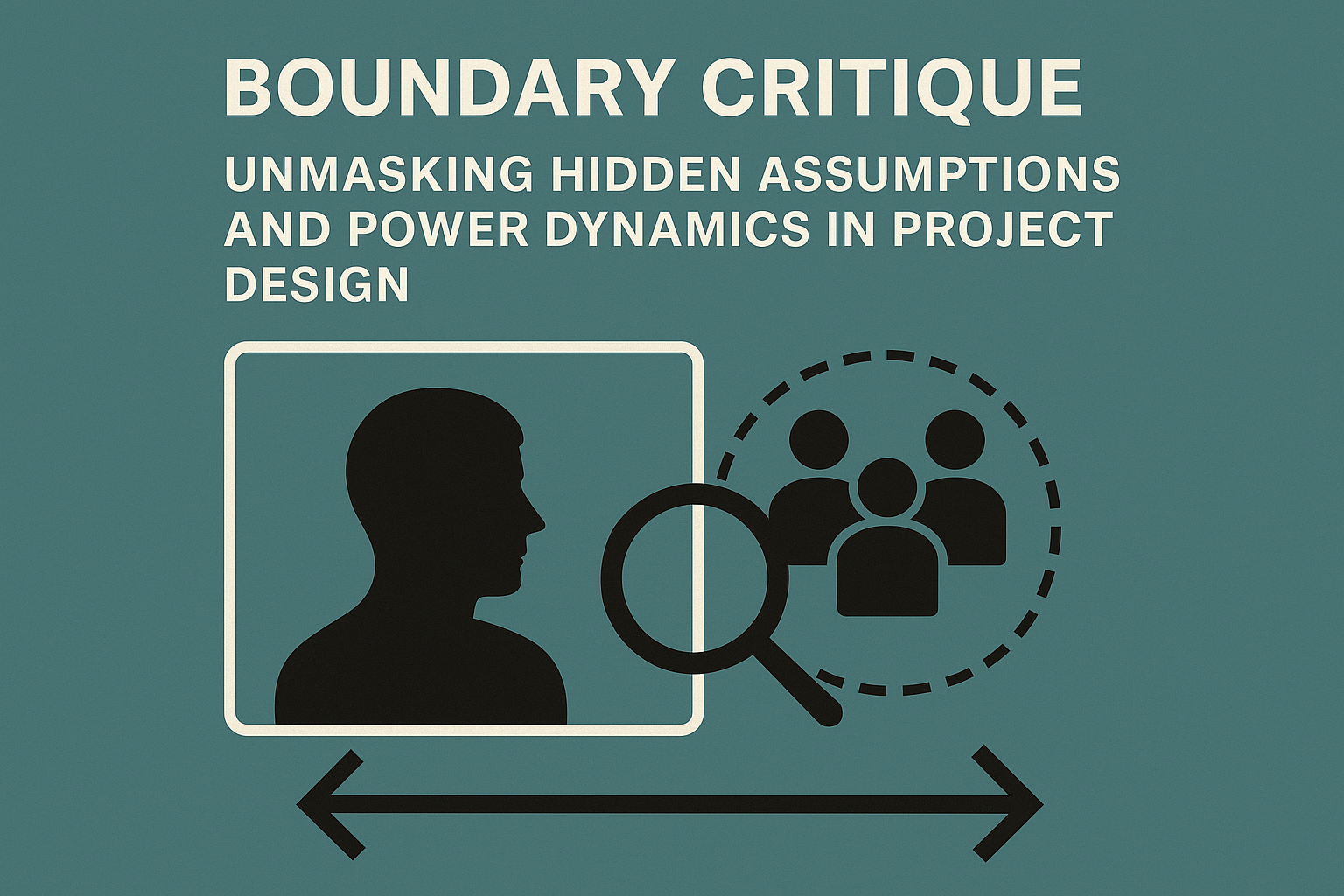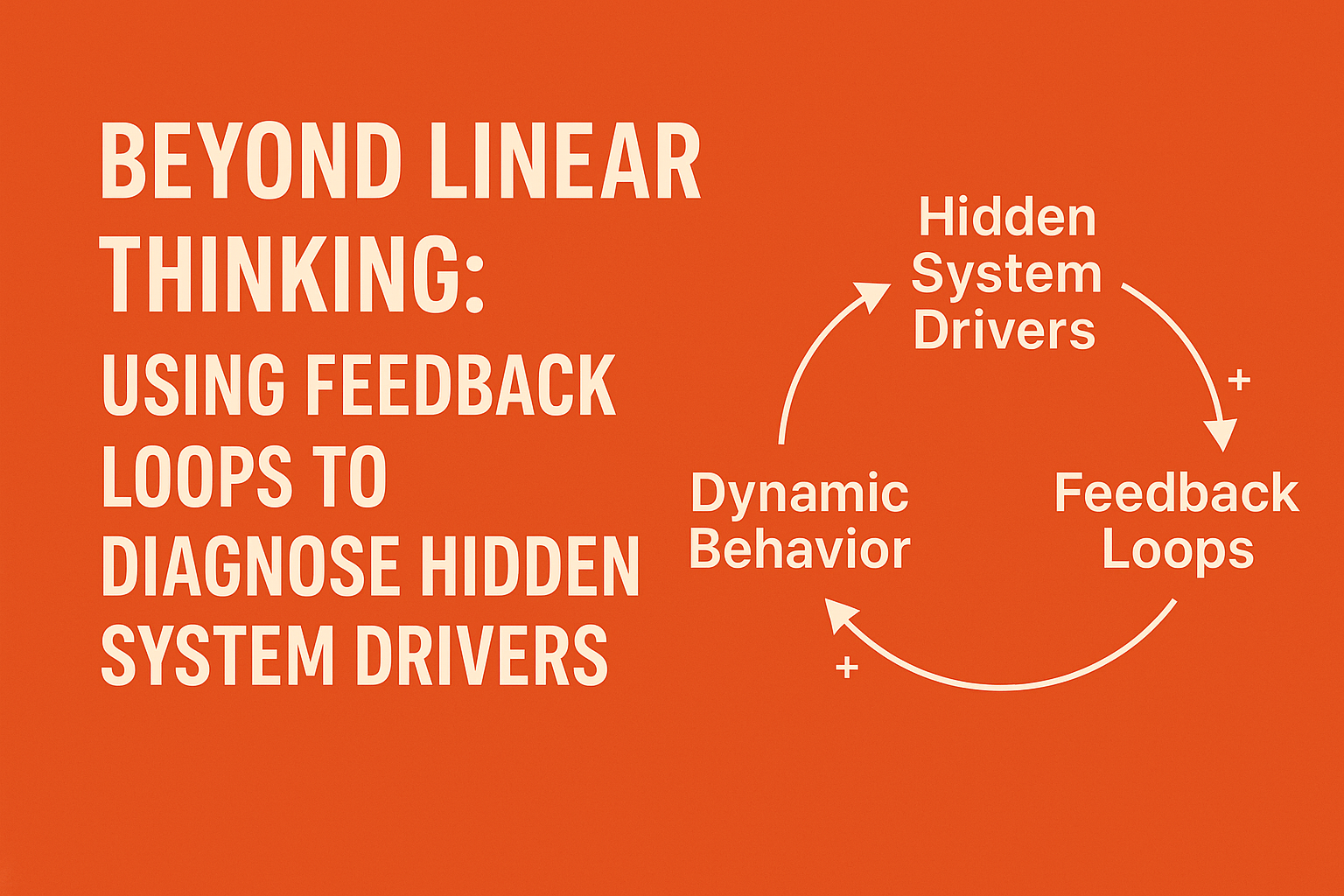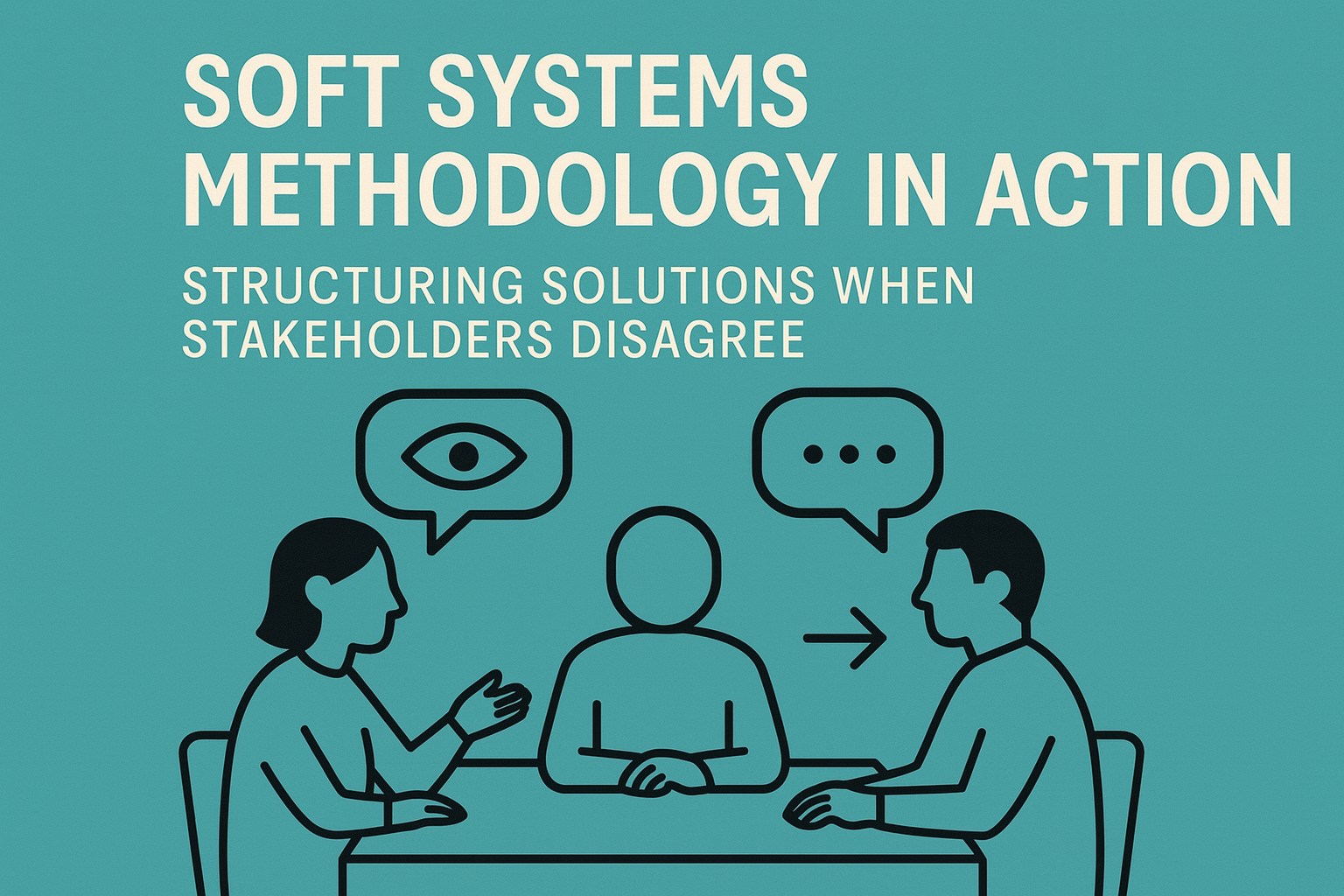Every system begins with a boundary. It decides who is inside, who is outside, what counts, and what doesn’t. But have you ever wondered who draws those lines?
In many projects, boundaries are set by those in power—leaders, experts, or funders. Their choices shape what problems get attention and which voices stay unheard. A city redevelopment plan, for example, might include investors and architects but overlook small shop owners who depend on the neighborhood for their livelihood.
This is where Boundary Critique comes in. It helps us reflect on how boundaries are drawn and whose interests they serve. It moves system design beyond technical solutions toward ethical awareness and inclusion.
What Is Boundary Critique?
Boundary Critique is a process for questioning the assumptions and judgments that define a system’s scope. It asks: Who decides what matters? Whose perspectives are considered valid?
The concept comes from Critical Systems Heuristics (CSH), developed by Swiss systems thinker Werner Ulrich. He believed that every system has both factual content (what it does) and normative content (what it values or prioritizes). Boundary Critique helps reveal those hidden “shoulds” that quietly guide our designs.
In simple terms, it is about making the invisible visible—so that systems can become more fair, transparent, and responsible.
The Role of Critical Systems Heuristics (CSH)
Critical Systems Heuristics gives us a structured way to question our designs. Instead of jumping straight into solutions, it invites reflection through twelve key questions grouped into four categories:
-
Motivation – Who is the system for, and what purpose does it serve?
-
Control – Who has the power to make decisions and allocate resources?
-
Knowledge – Whose expertise counts when defining what is “true” or “useful”?
-
Legitimacy – Who speaks for those affected but not represented?
These questions uncover the normative side of system design—the beliefs about what is right, fair, or desirable. They remind us that system boundaries are never neutral; they express values and power relationships.
Unmasking Hidden Assumptions and Power Dynamics
Behind every design choice lies a set of assumptions: who we think the “user” is, what success looks like, and what outcomes matter most. But often, these assumptions reflect the interests of dominant groups.
For example, in a corporate restructuring project, management may assume that efficiency and profit are the ultimate goals. Yet employees might value stability, teamwork, and well-being. Boundary Critique brings these hidden tensions into the open.
By questioning “who is left out,” it exposes power dynamics that shape decision-making. This awareness is not meant to blame but to create dialogue—so that diverse voices can influence the system’s future.
Emancipation and Ethical Reflection
The ultimate goal of Boundary Critique is emancipation. It gives space to those who are affected by decisions but rarely included in them.
This approach treats systems thinking as a moral practice, not just an analytical one. It asks us to care about fairness, justice, and dignity. Ethical design is not just about doing things efficiently—it’s about doing the right things for the right reasons.
When teams use Boundary Critique, they move from “designing for people” to “designing with people.” That shift is what makes a system humane.
Applying Boundary Critique in Practice
You don’t need a complex framework to apply Boundary Critique. A reflective mindset is the starting point.
Here’s a simple process you can follow in any project:
-
Identify the system – What problem are you trying to address?
-
List the stakeholders – Who is directly involved, and who is indirectly affected?
-
Question the assumptions – What beliefs shape your view of the problem?
-
Spot the gaps – Who has no voice in the current design?
-
Expand the boundaries – Include new perspectives, especially from those at the margins.
These steps help uncover blind spots and prevent ethical oversights. They also strengthen collaboration and trust across diverse groups.
From Awareness to Action
Awareness alone is not enough. Once you see the boundaries, you must decide what to do with them.
Ethical systems practice means creating space for ongoing dialogue, empathy, and shared learning. It’s about asking uncomfortable questions and being open to different truths.
Leaders who practice Boundary Critique don’t see disagreement as conflict—they see it as growth. They know that better systems are built when everyone’s experience counts.
Conclusion – Designing with Ethics and Inclusion
Boundary Critique helps us move from designing systems that work well to systems that work justly. It reminds us that every design decision carries moral weight.
By uncovering hidden assumptions and power dynamics, we give voice to those left outside the boundary. That is how systems become more inclusive, ethical, and resilient.
In the end, true systems thinking is not only about feedback loops or structures. It is about compassion—the willingness to question who benefits, who suffers, and how we can design a world that serves everyone.



